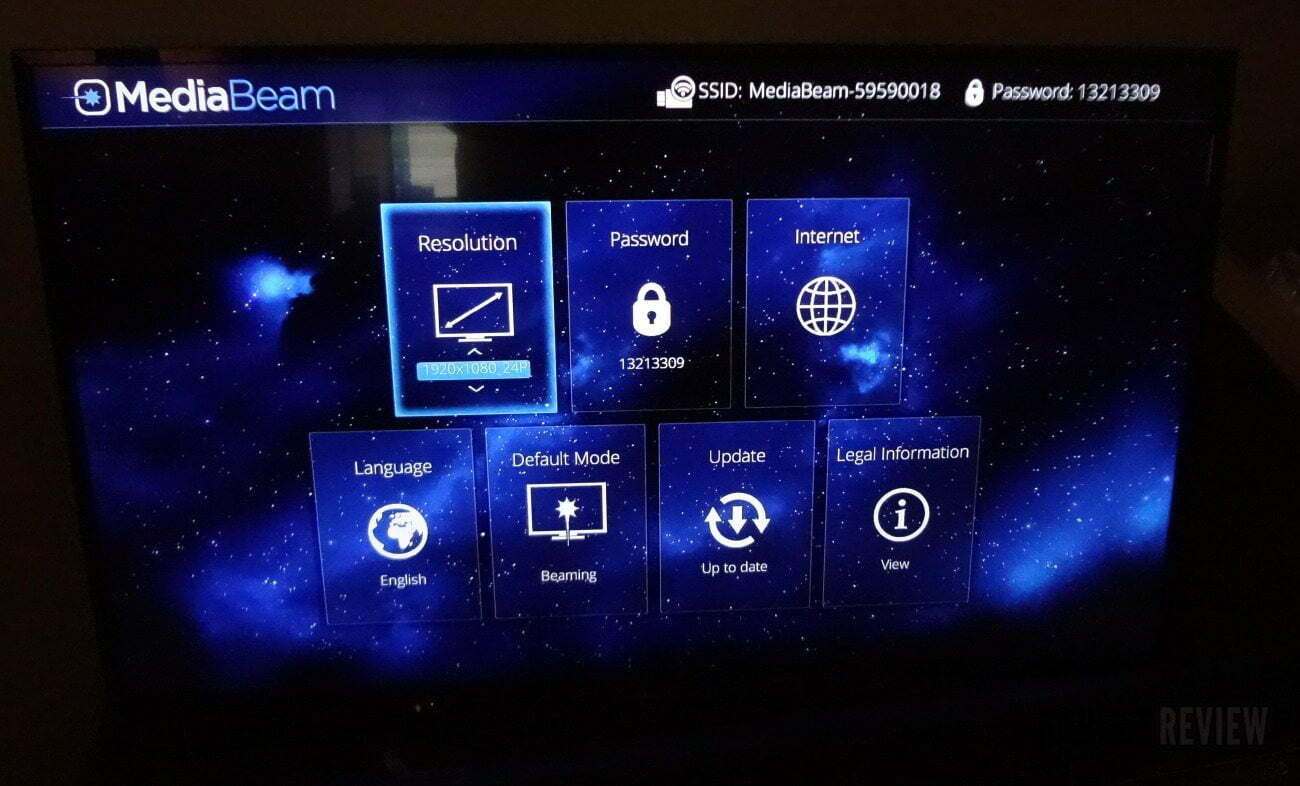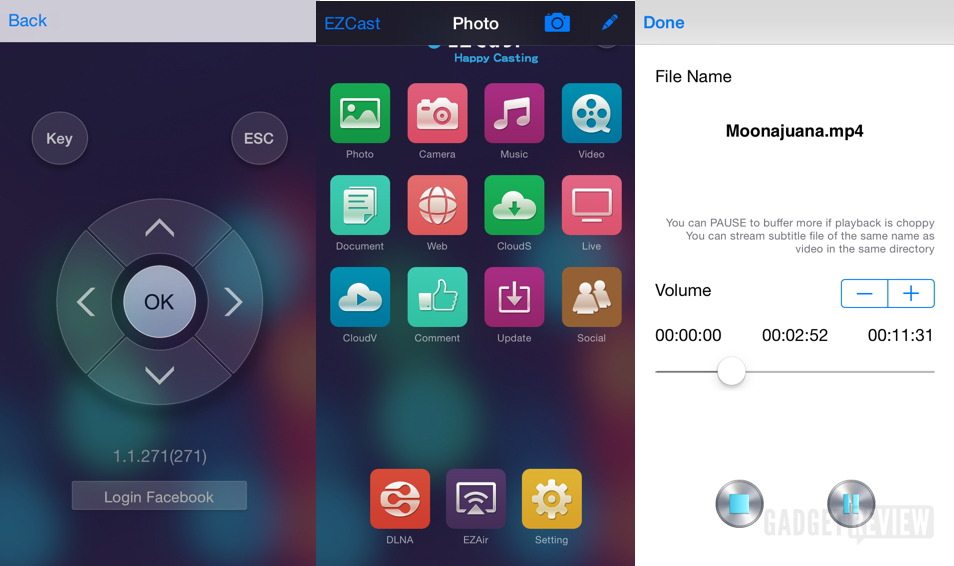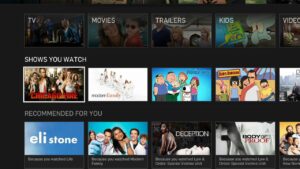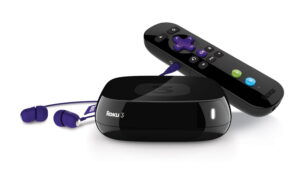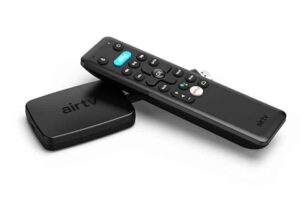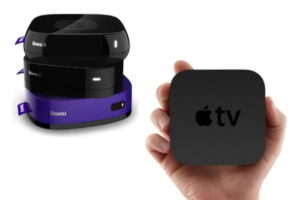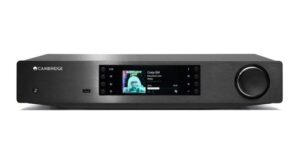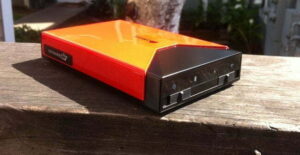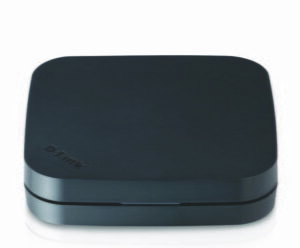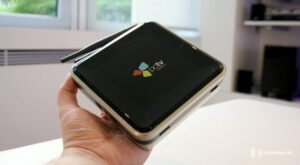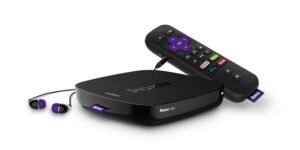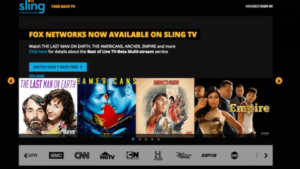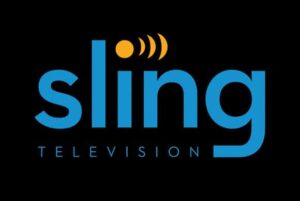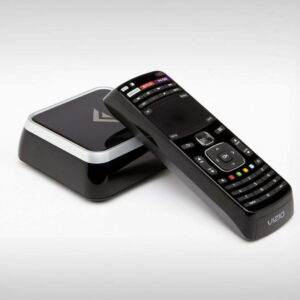A lot has been made of Chromecast, Google’s combination of a “Smart TV” dongle and linkage with a smartphone or computer. But the first out of the gate isn’t always the winner, so don’t count the MediaBeam out because it doesn’t have as big a “name.” Or ignored, as this $29.99 universal “streaming stick” has a lot going for it. If you want a slightly more expensive option, take a look at our D-Link DMS-310 MovieNite streaming media player review. But all in all, pick the best streaming device.
It’s a bit larger than Chromecast, but still fairly small for what appears at first glance as a thickish HDMI dongle. To the side, unlike Chromecast, can be found a movable antenna able to vary its angle in an 180 degree arc. This makes pointing it towards the WiFi source an easy matter — and could negate having to run it off an extension HDMI cable for getting closer to the WiFI source’s antenna (a near-requirement for those HDTVs without a side mounted HDMI input). Similarly to Chromecast, it also requires a USB input for power — this can be taken off of one of the TVs USB inputs or through the included USB AC adapter. If you want a place to store your old DVDs, take a look at the Corsair Voyager Air 1tb wireless media hub review too.
MediaBeam is compatible with Android and Apple devices, along with PC and Macs — but this comes with some caveats. First, Miracast capabilities (where what is on the mobile device gets transmitted and “mirrored” on the TV) only works with Android devices. Also, the strength of the WiFi network will affect “lag” between what is being transmitted from the source device and what is being seen on the HDTV, but the only time this has any real impact is if gaming is involved. Of more importance is the stability of the network, which was seen to work fine. If you’re worried about missing your favorite show, take a look at our Belkin G1V100 @TV plus review.
I began by plugging the MediaBeam into a side HDMI slot on my Sony HDTV, with a USB cable going from its micro-USB slot into a USB input on the TV — meanwhile I was downloading the EZCAST app for my iPhone 5. MediaBeam brought up a screen of its own telling you to start up an app on a mobile device or computer — then what was needed was to link the app to MediaBeam by joining its own internal WiFi network. On the Apple app, this took little time since the TV screen gave its SSID name as well as the password to use. The app then configured MediaBeam for the TV (i.e., its resolution, etc.), followed by having both it and the app re-join the WiFi home network. I didn’t realize till after this was done that there was an update to install — forcing me to redo all my efforts. Bad side=more time spent than was necessary, but good side=efficient and simple firmware update accomplished. The app also provided the “remote” for maneuvering, eliminating the need for any added hardware. This “remote” gives a vibration feedback during use as well. If you want a voice controlled streaming players, click the Google chromecast 3rd gen review.
The MediaBeam app for Apple devices worked around the “walled garden” by having you load in whatever video, music, files you want to use through iTunes and a sync. Then a press of an icon brought up music or a video to stream, with controls on the iPhone screen handling it all. Video files didn’t need to be iTunes compatible either — I viewed a MKV file that iTunes/iPhone would reject with no difficulty once it had been synced. The app accesses the photo library directly, and turning the phone from vertical to horizontal affects the image on screen (as does resizing it).
The camera can also be used in a “live” mode where the TV acts as a monitor in near real-time. Bringing up the Internet occurs through a web browser-like starter page, with some default icons included (like YouTube), and where you enter URLS to go to different pages. You can’t leave the app and access Netflix, for example, and see it on the screen through MediaBeam though — only the app’s icons activate streaming functionality. On the plus side, the connection between what was streaming from the iPhone to the TV stayed stable and consistent — and being able to use a big HDTV as a first or second-screen had obvious advantages (including generating more volume through the TV speakers or home theater’s audio system).
Use with a computer was straightforward — a software program first downloaded for my Mac (PC users can choose DLNA). Then the experience is basically the same, allowing access to the computer’s hard drive for content.
Bottom line: Ematic’s MediaBeam Streaming Media Player does exactly what it says it does — stream content from a source device (mobile or computer) to play on any display that has a HDMI input. The combination of portability and ease of use makes this an ideal way to take content “on the road” for sharing with others.
